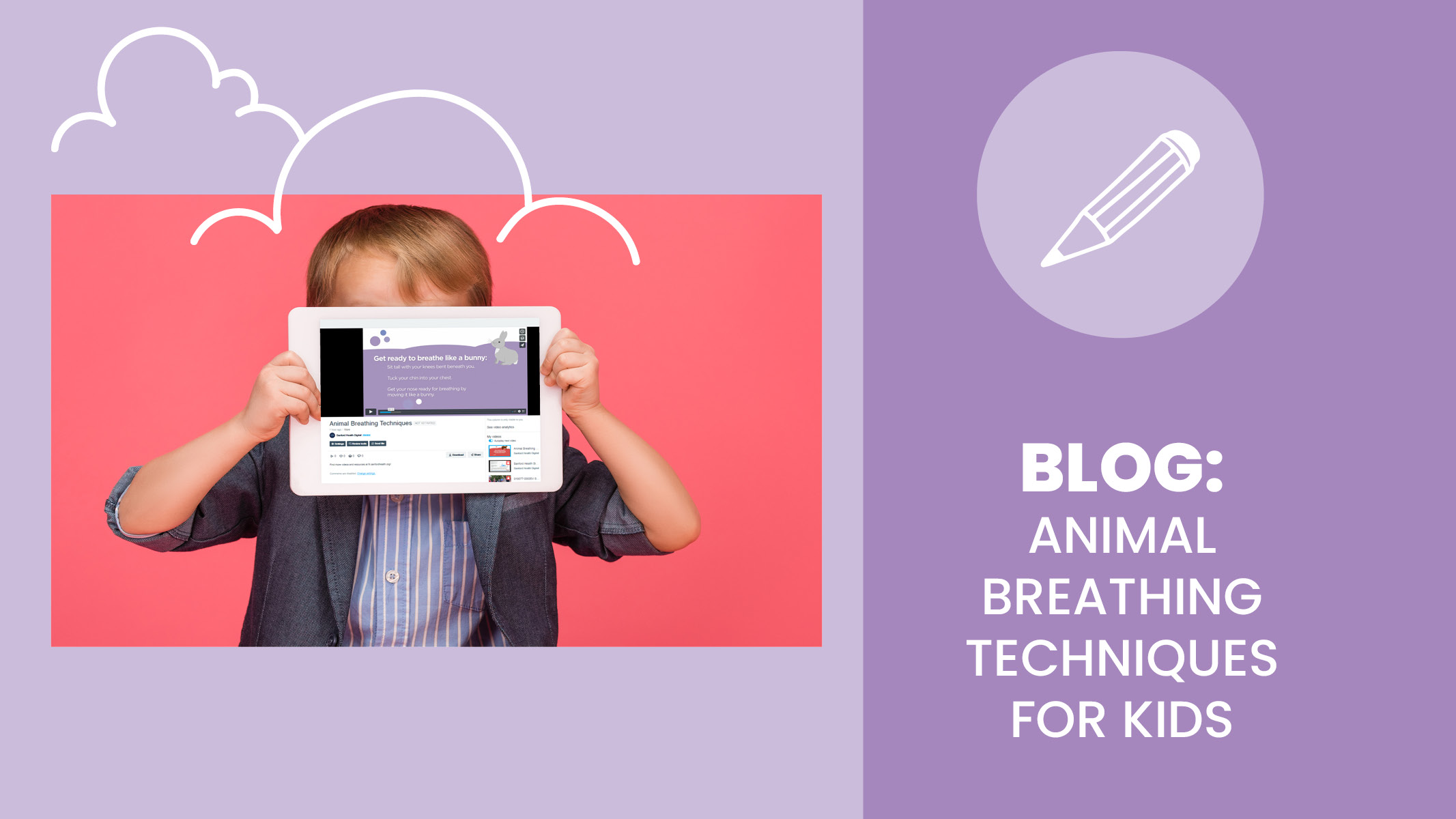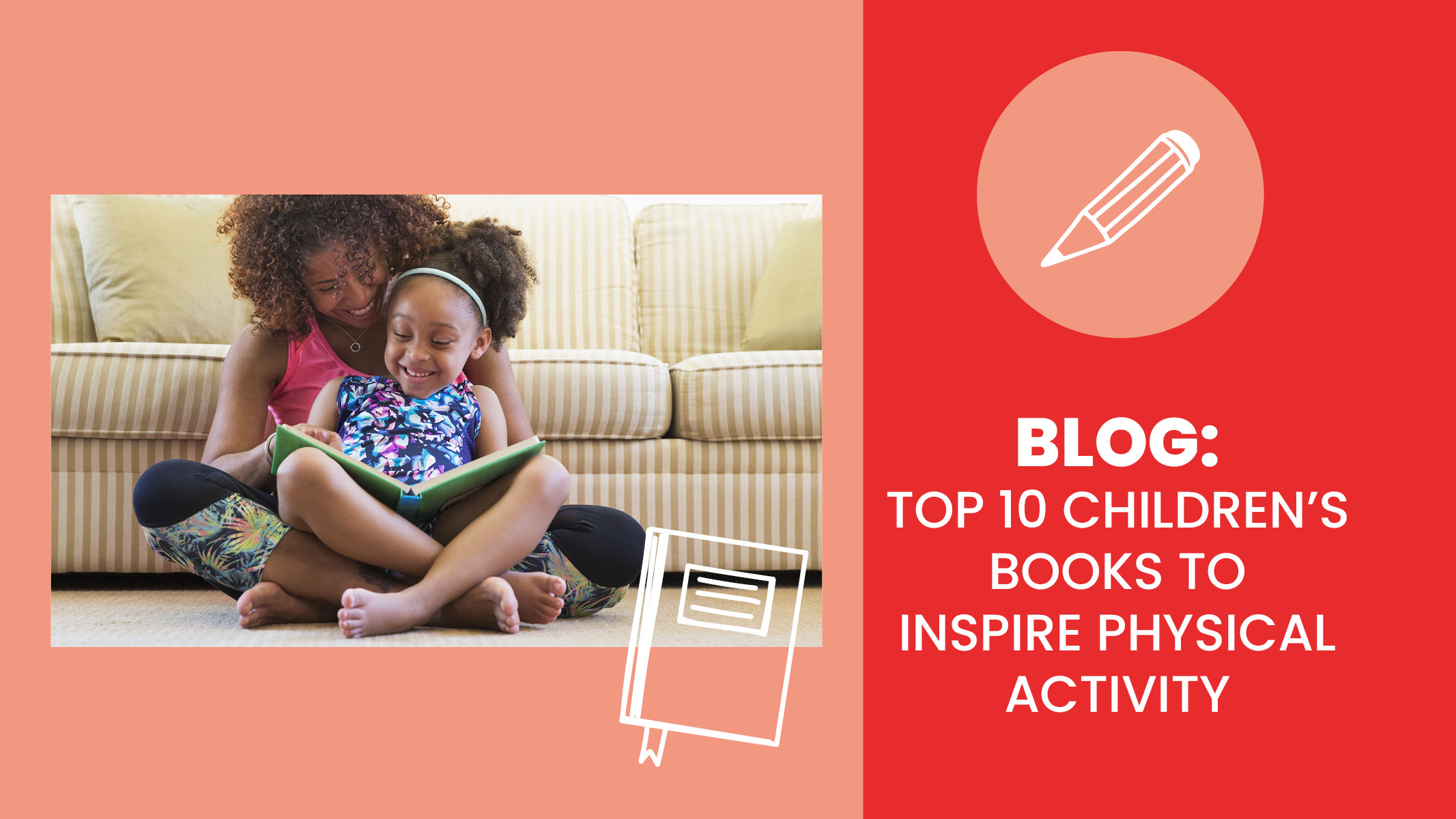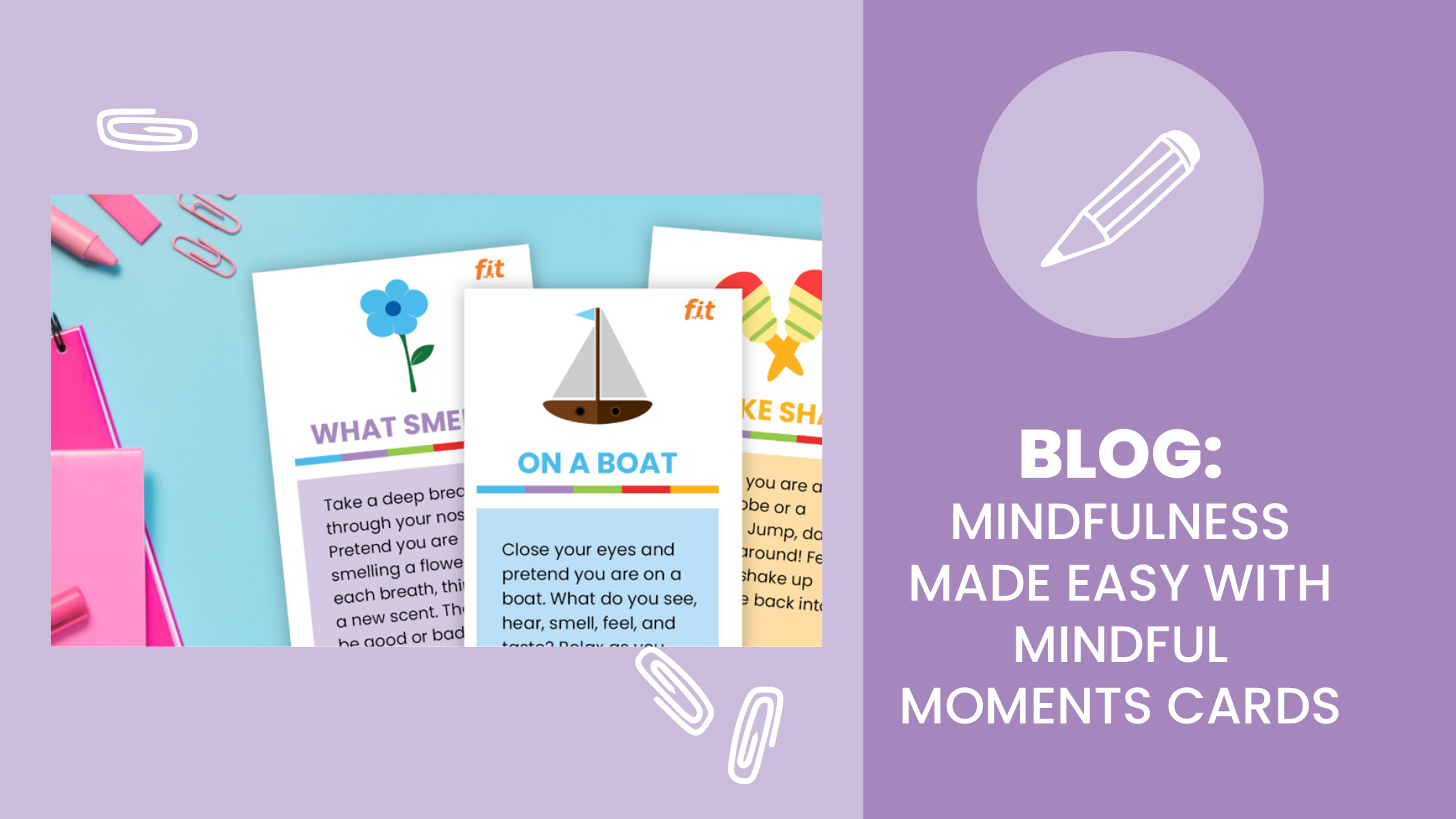Looking for a way to calm down with your kids? There are so many benefits of deep breathing exercises or meditation for kids and families. Breathing exercises have been used for hundreds of years to improve health and well-being. A growing body of evidence shows that mindfulness techniques can improve concentration, help decrease pain, regulate emotions, or ease anxiety. The American Academy of Pediatrics (AAP) encourages parents to share mind-body techniques with their children—and prompts teachers to incorporate mindfulness training into their lesson plans.
You can use this Animal Breathing Video to help kids through five different breathing exercises. The video uses animations and guided imagery to help kids learn different techniques and find one that works best for them, all inspired by animals! Everyone can follow along while listening to calming music and learn new techniques in a fun way!
If you prefer following along without a video, check out each Animal Breathing Technique here:
Bunny Breathing: Use a series to increase oxygen to the brain.
Sit tall with your knees bent underneath you.
Tuck your chin into your chest.
Get your nose ready for breathing by moving it like a bunny.
Then take a series of short, quick breaths in and 1 long exhale.
Bumble Bee Breathing: Use to help reduce your heart rate and stress level.
Sit or kneel and relax your eyes.
Take slow breaths in and when you exhale, buzz like a bee.
Lion Breathing: Use to release anger and frustration.
Go to the floor on all fours or sit in a comfortable position like a lion.
Take big, deep breaths in and when you exhale, roar like a lion.
Bear Breathing: Use to create a feeling of peace and restfulness.
Sit comfortably on the floor or in a chair.
Relax like you are hibernating like a bear.
In between inhales and exhales, focus on holding your breath.
Crocodile Breathing: Use this yoga position to help focus on deep breathing.
Lie on your stomach.
Fold your arms above your shoulders and rest your head on them.
Focus on breathing deeply in your belly.
As you're practicing deep breathing exercises, remember that it doesn't have to be perfect, and practice makes progress. If deep breathing doesn't help right away, keep trying. Incorporating deep breathing into a child's daily routine during bedtime, for example, can be a great way to calm them down and get them familiar and comfortable with this coping strategy.
If you want to enhance your child's relaxation routine, check out A Trip to the Zoo: Animal Yoga Poses and Breathing Exercises. These storytelling cards will help you guide kids through movements and breathing techniques all while imitating their favorite zoo animals!
These exercises are generally safe and have many health benefits, but it is recommended to discuss any lifestyle change with your pediatrician or medical provider.
Ready for More? You Might Also Like:
My Keep Cool Cards: Printable Coping Strategy Cards for Kids
Breathing Techniques to Inspire Mindfulness


